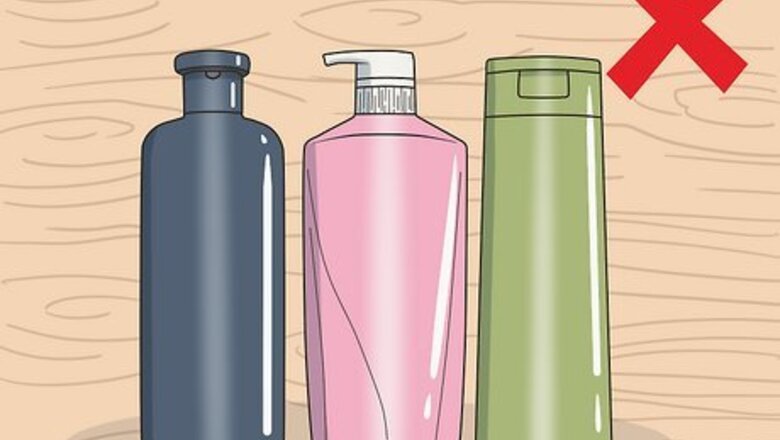
views
Prepping Your Hair

Skip the shampoo. When you’re trying out a new hairstyle, it can be tempting to wash your hair first so that you’re starting with a squeaky clean canvas. However, freshly washed hair can actually be more difficult to work with because it’s silky and slippery. Try creating the Dutch Mohawk braid on second or third day hair. The natural oils will make the hair easier to handle.
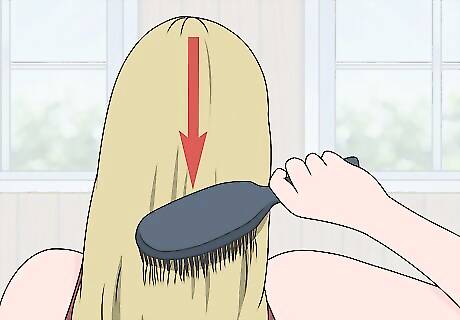
Brush your hair straight back. You don’t want any sort of part in your hair. The Dutch Mohawk braid will be going straight back on your head, so use a paddle brush or a comb to brush it all back to start. Giving your hair a thorough brush is beneficial regardless, because you want your hair to be smooth and tangle-free.
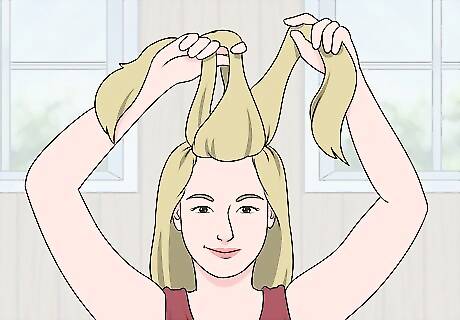
Section out the hair that will begin the braid. This braid will be going down the very center of your head like a Mohawk – hence the name. Grab a chunk of hair in the very middle of your forehead. Basically, pick up the section of hair of hair at the front of your head that runs the length of where bangs would run. Hold that in one hand.
Creating the Braid
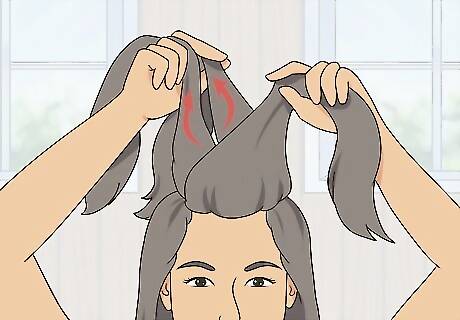
Pick up two strands directly behind your front section. Hold the first, front section of hair firmly in one hand, and pull it forwards a bit so that you can work with the hair behind it. Carefully grab two more strands of hair directly behind the first, on either side. You will begin your braid with these three strands. Make sure that all of the strands are equal in size. If you want, you can clip up the front section with a claw clip, bobby pins, duck bill clips, or whatever else you have on hand. Then, you can grab the other two strands with ease before releasing the clipped section.
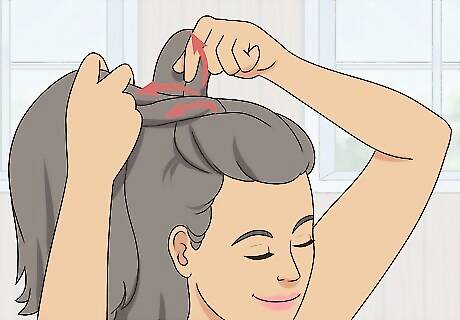
Braid this top section. If you’re familiar with a standard Dutch braid, this won’t be too difficult for you. Don’t worry if you’ve never done a Dutch braid before though, it’s not too difficult. The Dutch braid is very similar to a regular braid, except that the strands are always placed underneath, rather than over top, the other strands. First, cross the right strand underneath the center strand. Reposition your hands as needed so that the center strand is now the right strand, and the right strand is now in the center strand. Do this again on the other side. Cross the left strand underneath the center strand, moving the center strand to the left. Repeat this pattern one more time.
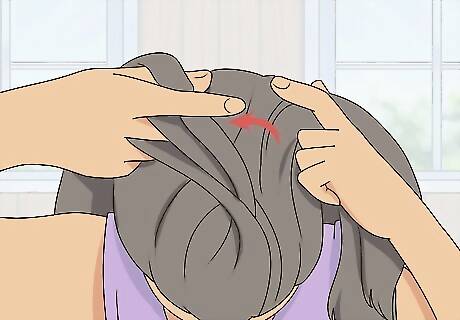
Begin adding more hair to the Dutch Mohawk braid. Once you’ve started the braid, it’s time to begin incorporating the rest of your hair. As you pick up a left or right strand to cross it under the center strand of the braid, pick up a bit of hair on the same side. In other words, gather sections of hair on either side of that original front section that you began with, and combine them with the corresponding side strand of the braid.
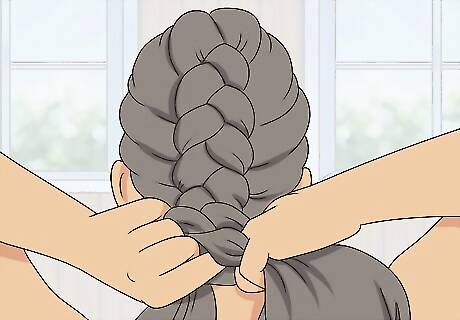
Continue braiding down the center of your head. One of the hardest things about the Mohawk braid is braiding in the center of your head, where you can’t really see what you’re doing. With this hairstyle, practice really makes perfect. Keep going, adding sections into your braid until there are no loose pieces around your face. As you get to the ends of your hair, you can more easily see the hair you’re working with.

Tie off the end of your braid. When you get as far down your hair as you want to go, tie it off with an elastic band. If you have very light hair, you may want to use a clear band so it doesn’t distract from the braid. If you want to loosen the braid for a messier effect, you can gently pull on the loops to loosen the braid up. If you want, you can pull out a few wisps of hair around your hairline to frame your face.
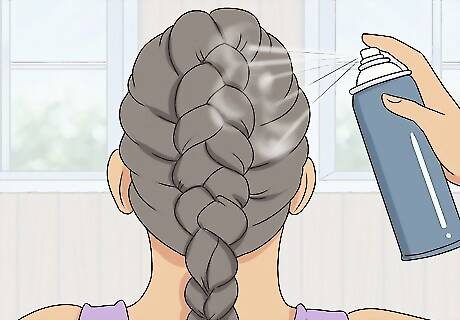
Secure your braid with hairspray. If you have silky hair that is prone to slipping out of hairstyles, this step is crucial. Hairspray is also helpful if you have flyaways or shorter pieces of hair that tend to come loose. Give your hair a spritz anywhere that needs it, but make sure not to go overboard. You certainly don't want a completely immobile, crunchy braid! Once you're confident that everything is secured in place, you're all set!


















Comments
0 comment